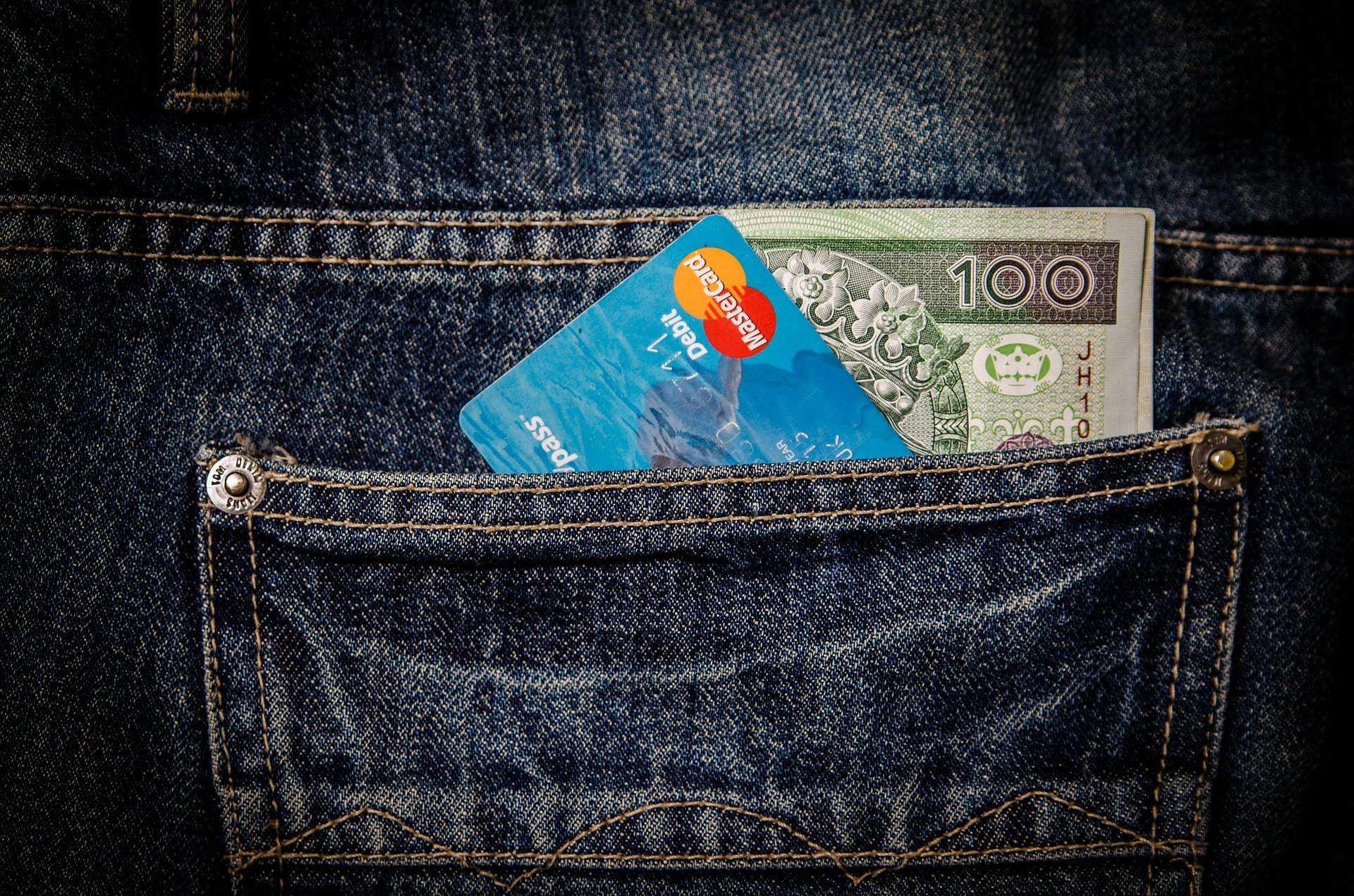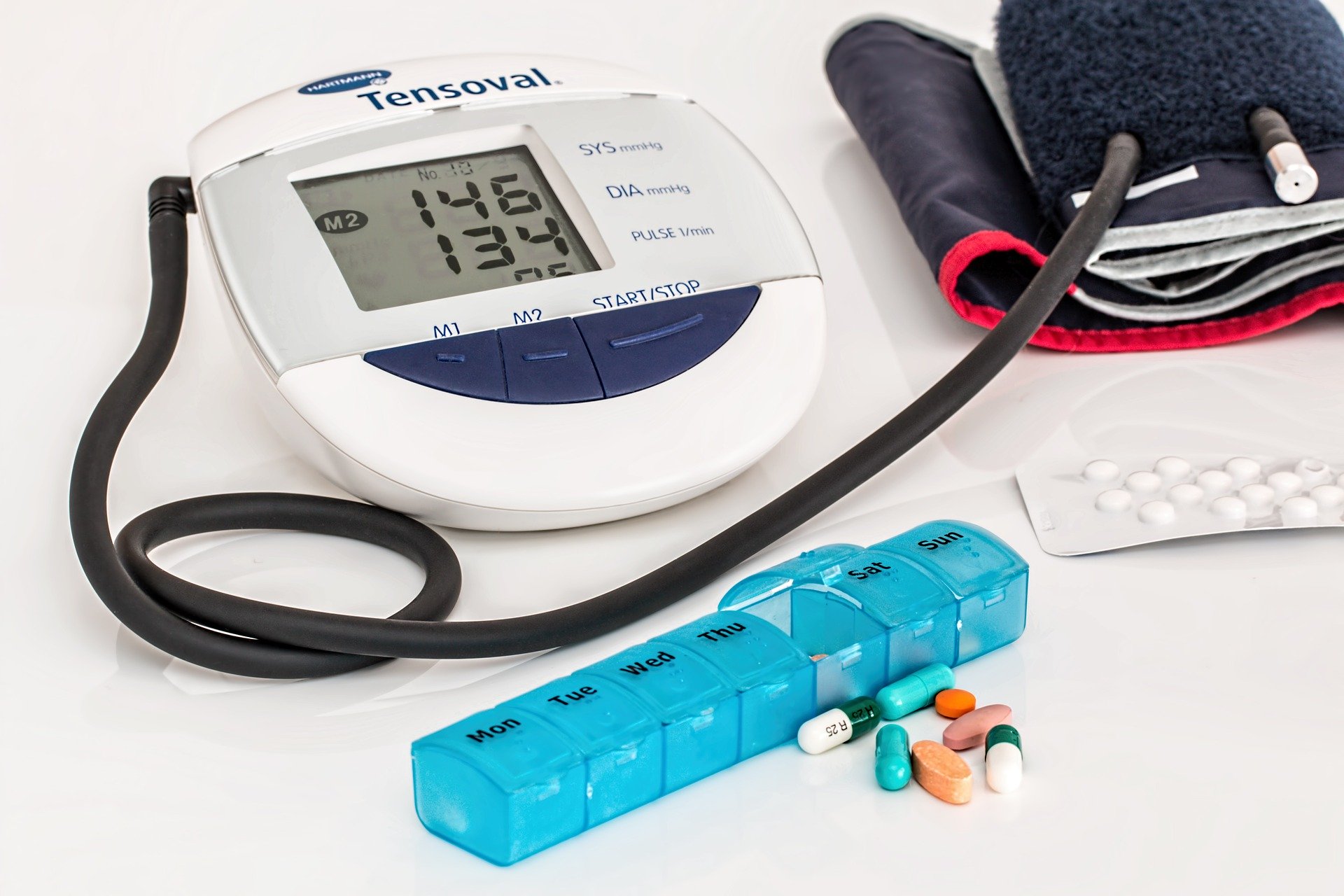Gig Economy Apps by the Numbers

Companies in the gig economy use apps to post open jobs. This makes it easier for anyone with a smartphone can pick up a gig when they’re available. Gigs range from ride-share, completing chores or delivering groceries, among others. It may sound different, but it’s shaking up the traditional 9-5 job format we’re used to.
In fact, nearly 25 percent of Americans work on digital platforms, including side-hustlers and full-time freelancers. As many as 24 percent of gig workers make money from the digital platform economy.
When we look at those who use digital gig apps, some use them to make extra cash while others rely on them for all of their income. As many as 56 percent consider gigs essential to their income, and they use them for online tasks, ride hailing and cleaning or laundry.
Gig work can benefit workers who need to control their own schedule, need something fun to do, don’t have many jobs to choose from where they live or need to gain more work experience.
The average monthly income from some of the top gig apps include $924 (AirBNB), $380 TaskRabbit, $377 (Lyft), $364 (Uber), $228 Doordash, $174 (Postmates), $151 (Etsy), $103 (Fiver) and $98 (Getaround). Gig workers usually fit into one of three categories: self-employed, part-time employed or non-employer contractor.
Gig work has made freelancing more mainstream and side-hustles are much easier to come by. Industry experts are still waiting to see if temp jobs will continue to outpace traditional work. But for now, workers and customers seem to love the gig economy.
At Boon, we use an app to connect contract workers to healthcare providers looking to hire. The app uses an algorithm to match those in search of work with those who are hiring. A profile only takes a few minutes to set up, no matter which side of the job search you’re on. Start today!
April 27, 2020












